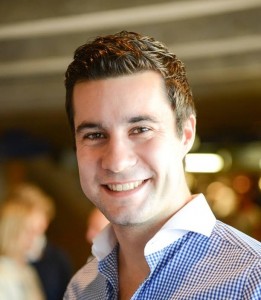I was visited by my dear friend Basti last weekend and took him to class, showed him around campus and went to the beach with a bunch of friends. Especially the beach was a lot of fun and we all agreed that we have to do this more often. "Half Moon Bay" is only a 35min drive away and I have been only twice since I got here. I live right next to the ocean and I never go. Yes I am busy, Yes, I have classes, bla bla bla. Is it maybe that the things close to us lose excitement and get somehow shoved to the back of our mind? Or is it that one becomes so caught of in one's routine that doing something extraordinary on an ordinary day is somehow out of the question?
I will try to make it a habit to include my surroundings into my day a little more purposefully. I guess thats also how one gets to appreciate the area one is living in. I think I don't really make any effort to enjoy the things I have, but much rather think about what I don't have and what is ahead. I have been planning with spring break trip to Hong Kong, researched the best restaurants and which bus to take to and from the airport. On the other hand I have not yet been to the Farmer's Market in Palo Alto or any of the underground speakeasy's in San Francisco. I am paying so much money to live in this place, so I might as well take advantage of some of the opportunities.
Cheers + bis bald,
TIM
 |
| Beautiful Half Moon Bay |
PS: Shout-out to my parents for being married for 25 years. You are my role models!













